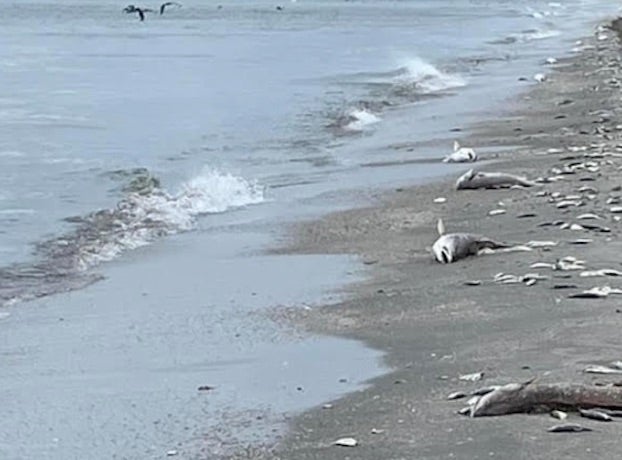New Basin bass rule effective June 20
Published 7:38 am Monday, June 17, 2013
BATON ROUGE (AP) — New regulations for the tens of thousands of bass fishermen who take to the Atchafalaya Basin and surrounding waters will be in place later this month after Thursday’s Louisiana Wildlife and Fisheries Commission voted to change more than 20 years of regulations.
The Department of Wildlife and Fisheries confirmed Friday that the effective date for removing existing minimum-size limits and lower the daily creel limits for black bass in these waters is June 20, the day the new regulations are posted in the State Register.
The new rules do away with the 14-inch minimum size limit on taking black bass from the Atchafalaya River Basin, Lake Verret, the Lake Palourde Complex; and the Lake Fausse Point/Lake Dauterive Complex as outlined in the notice the LWFC ratified during its June meeting in Baton Rouge.
The LWFC also agrees with LDWF Inland Fisheries Section chief Mike Wood who said his staff recommended a lowering of the daily creel in these waters from 10 to 7 for a two-year period.
Wood said the two years who allow the staff assigned to the Atchafalaya area to study the effect of eliminating the length limit. Wood said after two years, the recommended daily creel likely will be 10 to match the daily limit on most all water bodies in the state.
Anglers and groups like the East Ascension Sportsman League and the Louisiana Wildlife Federation asked for changes in the size limit and Wood said his staff responded with what he called, “an extensive, three-year study (that) examined the effectiveness of the regulation as a management tool.”
The 14-inch limit rule came in the wake of Hurricane Andrew in 1992 that wiped out fish populations in the Atchafalaya Basin and the Lake Verret Basin, and implementation of that rule followed a three-year Inland Fisheries Section study that showed a 12-inch-long bass might have spawned once, but that a 14-inch bass had spawned twice.
Bass fishermen asked for that study in the last 1980s when they had trouble finding and catching bass in the vast Atchafalaya, the country’s largest overflow swamp.
Wood told the commission Thursday that the recent findings showed “the Atchafalaya Basin largemouth bass population does not exhibit necessary criteria for which a 14-inch minimum length limit would produce larger bass.”
He added that the study indicated that Atchafalaya Basin bass populations are more heavily influenced by environmental factors that included water fluctuation during spring floods and the effects of tropical storms. He said fishermen’s take had a much lesser effect.





